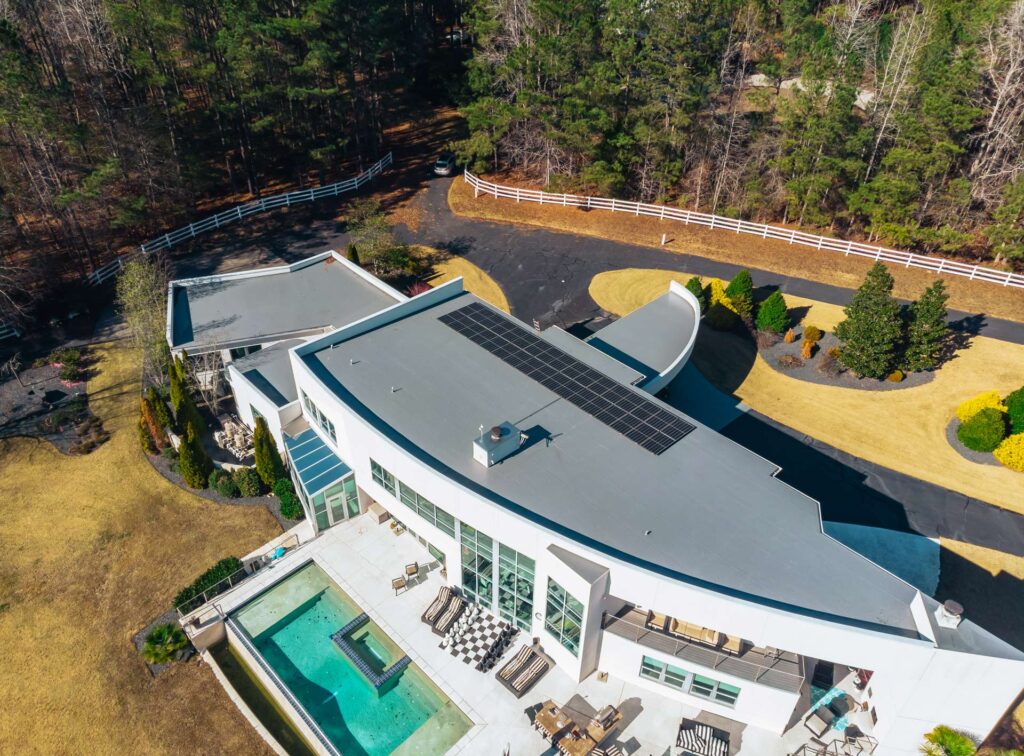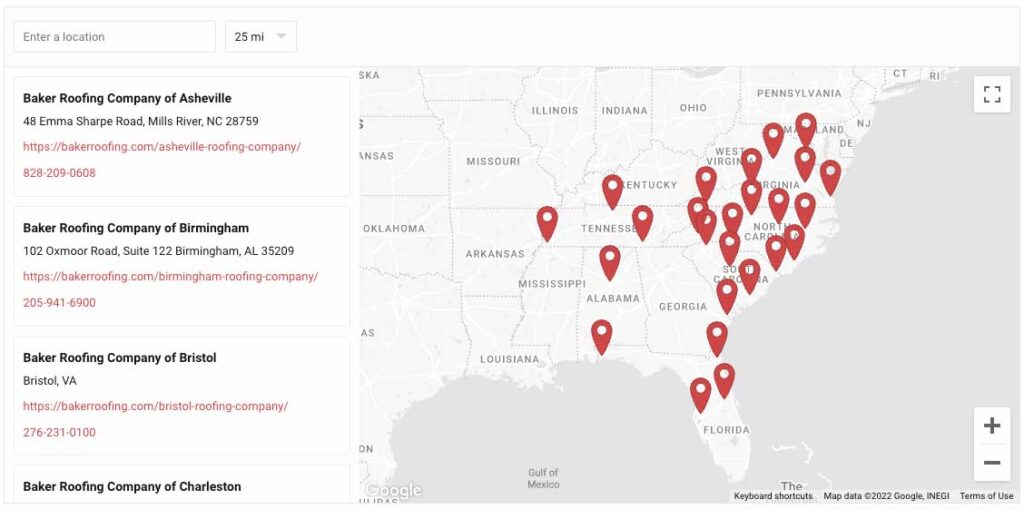It’s a tale as old as time – buyers take an interest in flat roofs because of their versatility and energy efficiency, but they grow hesitant once they catch wind of their reputation for frequent leaks. Flat roofs have always drawn in home and business owners with a wide range of benefits, but for many, those advantages are tempered by the sense that they can’t hold up against pooling water. So, are flat roofs really as prone to leaks as they say?
In short, no. While it’s true that flat roofs can sometimes be more susceptible to leaks than pitched roofs if water is allowed to pool, they are hardly doomed to constant water infiltration. Several factors can affect the likelihood of flat roof leaks:
1. Proper Installation
The key to preventing leaks in flat roofs is proper installation. When installed correctly by experienced professionals, flat roofs can provide excellent protection against leaks. To that end, a solid drainage system is a must-have for any flat roof. The largest component of that is sloping – every flat roof has a slight incline to it (often around 1/8 in. to the foot), allowing water to flow off with ease. This keeps the water from pooling, taking the primary cause of leaks off the table from the very start. Once this water reaches the edge of your roof, it flows through either a gutter or scupper, both of which are tools that direct water away from the building’s foundation, keeping it structurally sound and preventing any costly damage. Alternatively, you could opt for a roof that slopes inward toward an interior drain, which sends water through pipes inside the building back outside at ground-level. In any case, preventing water from collecting on top of your flat roof is the most effective way to prevent leaks.
Also keep in mind that chimneys, pipes, and any other structures that rise through your roof provide rainwater the perfect opportunity to slip into your home or business and ruin your day. Because of that, using proper flashing to seal off certain vulnerable areas on your roof provides valuable reinforcement against any water that does end up ponding. This is imperative, because even with a solid draining system, debris can sometimes clog your gutter or scuppers and trap water on your roof, leaving your home or business at risks of leaks without proper reinforcement.
2. Quality Materials
Using high-quality roofing materials can also significantly reduce the risk of leaks. Durable and waterproof materials such as EPDM rubber, TPO, or modified bitumen can offer long-lasting protection for your flat roof, holding up for decades in the face of heavy rain and pooling water.
Similarly, waterproof sealants can be used to add an extra layer of defense, providing increased insulation and giving you peace of mind in the face of heavy rain. There are a wide variety of these on the market – acrylic coatings are more cost-effective, so they’re perfect for quick and easy repairs meant to last a few years. On the other hand, silicone sealants can last for over a decade and therefore shine as long-term solutions for leaks. In either case, how these coatings are installed can be crucial to their effectiveness (if any water is trapped under them when applied, they can become mold factories in addition to roof insulators). Because of that, hiring a professional contractor to apply your sealant is often the best choice for your roof’s health.
3. Regular Maintenance
And of course, like any roofing system, flat roofs require regular maintenance to remain leak-free. The biggest piece of the puzzle here is routine inspections, which should be conducted at least once a year. Professionals thoroughly check the roof’s surface, seams, flashings, and drainage system for signs of wear and tear, punctures, or membrane deterioration, detecting any issues early on and protecting you – and your wallet – from any costly major repairs down the road.
Additionally, clearing debris from the roof and drains is essential to preventing standing water, which can stress the roof and lead to leaks. Because of that, it can be worth it to give your flat roof a quick scan as often as once a month, as well as after any major storms or other severe weather events. Keep in mind that this doesn’t have to be a major cleaning – just make sure that there’s no debris blocking up your drainage system and causing water to pool on your roof. Trust us, that alone is an investment worth making in your roof’s durability and reliability.
Conclusion
Remember, while flat roofs can sometimes be more susceptible to leaks than pitched roofs, your roof’s health depends above all else upon the amount of care you give it. Proper installation, quality materials, and regular maintenance can significantly reduce the likelihood of leaks, allowing you to enjoy the energy efficiency and versatility they provide without getting a wet scalp whenever it rains.
So don’t let any misconceptions about flat roofs deter you from considering them for your home or business. With proper care and maintenance, they can provide reliable protection against the elements for decades on end.
Looking for a residential or commercial flat roof contractor near you? For over 108 years, Baker Roofing has been the trusted name in roofing all throughout the Southeast. Contact our team today to talk through your options and take the next step toward the roof you deserve.



